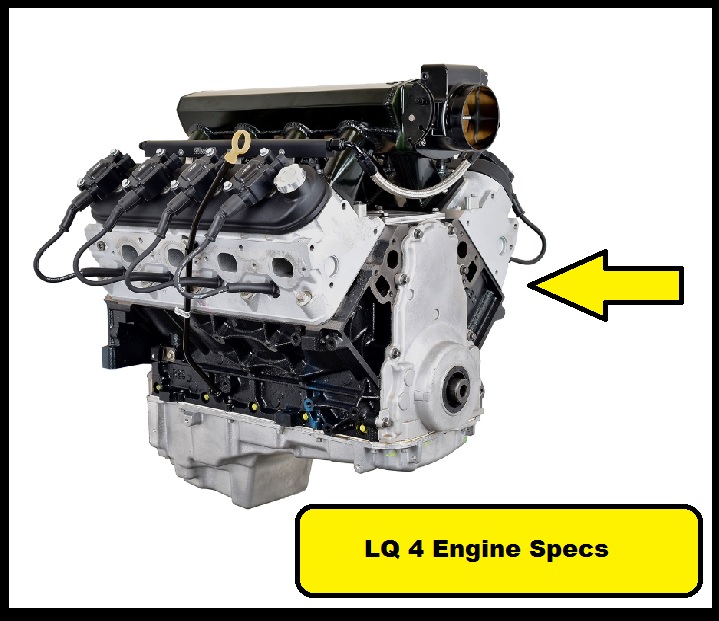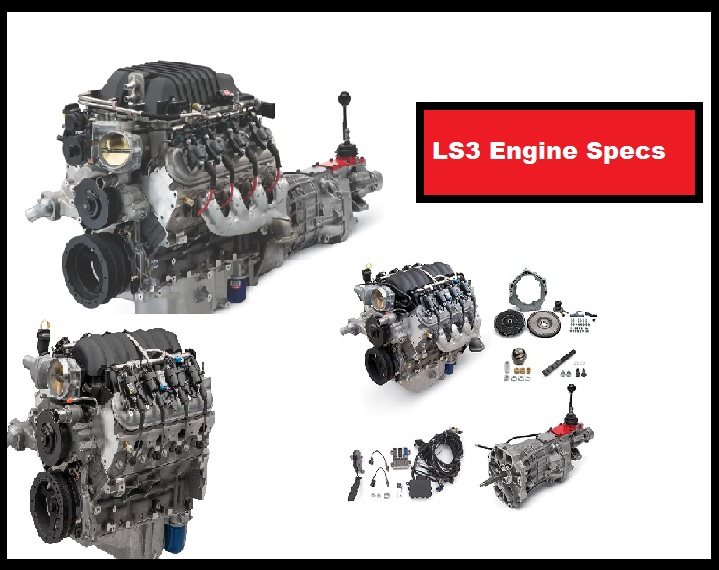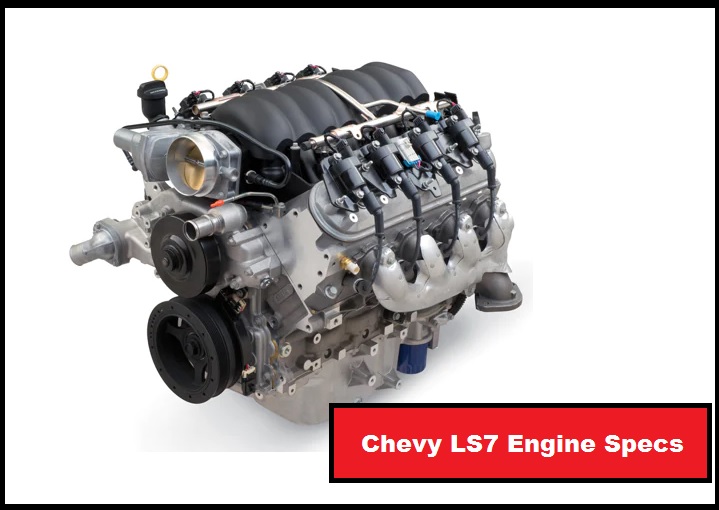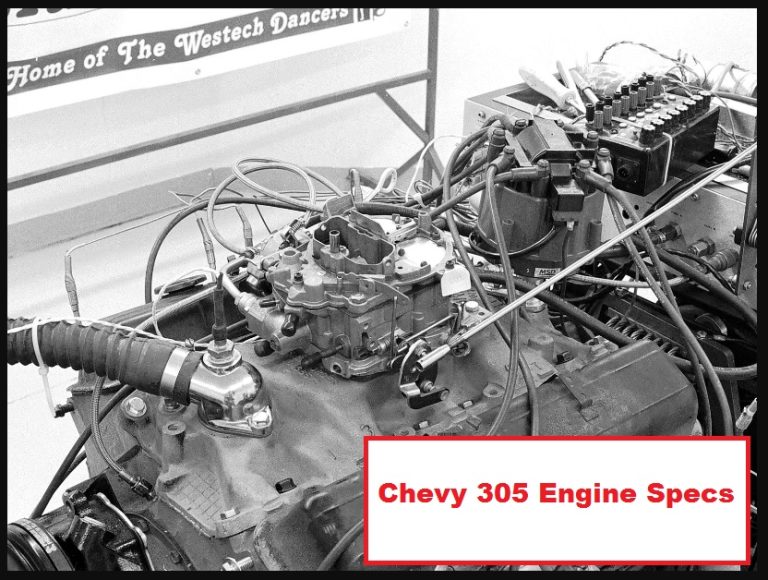Formula 1 Engine Specs
Here in this article you will learn about the Formula 1 Engine Specs , Performance, Cylinder Heads, Cam Specs & More, Let’s discuss the ford Formula 1 Engine Specs , Valvetrain+, performance, and Reviews.
“Formula 1 continually pushes the limits of engine technology, and their most recent design is among the most sophisticated to yet. Before the engine can touch the track, it must undergo a highly complex initialization procedure involving computer systems, remote operations, and a team of specialist engineers.”
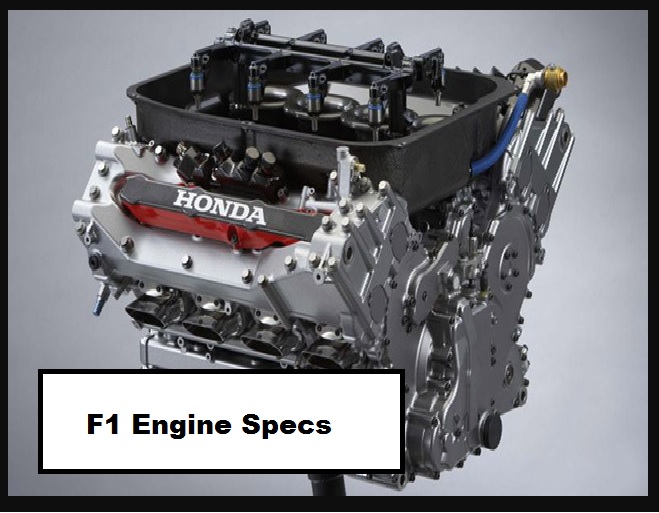
| Item | Description |
|---|---|
| Type | Mercedes-AMG M10 EQ Power+ |
| Power Unit Allocation | Three ICE/TC/MGU-H per driver per season and Two MGU-K/ES/CE per driver per season |
| Power Unit Perimeter | Internal Combustion Engine (ICE)/Moto Generator Unit – Kinetic (MGU-K)/Motor Generator Unit – Heat (MGU-H)/Turbocharger (TC)/Energy Store (ES)/Control Electronics (CE) |
| Minimum Weight | 145 kg |
| Manufacturers | Mercedes-Benz, Renault (including TAG Heuer rebadging until 2018), Ferrari and Honda |
| Type | Hybrid-powered 4-stroke piston Otto-cycle with efficient combustion process and greater emission engine burning |
| Configuration | V6 single hybrid turbocharger engine |
| V-angle | 90° cylinder angle |
| Displacement | 1.6 litres (98 cubic inches) |
| Bore | Maximum 80 mm (3.150 in) |
| Stroke | 53 mm (2.087 in) |
| Valvetrain | DOHC, 24-valve (four valves per cylinder) |
| Fuel | 98–102 RON unleaded petroleum + 5.75% biofuel |
| Fuel delivery | Petrol direct injection |
| Direct fuel injection pressure | 500 bar (7,251.89 psi; 493.46 atm; 375,030.84 Torr; 50,000.00 kPa; 14,764.99 inHg) |
| Fuel flow limit | 100 kg/h |
| Aspiration | Single-turbocharged |
| Power output | 850 + 160 hp (634 + 119 kW) @ 10,000 rpm through 12,000 rpm |
| Torque | Approx. 600–815 N⋅m (443–601 lb⋅ft)[77] |
| Lubrication | Dry sump |
| Maximum revs | 15,000 rpm (maximum allowed by the regulations, in practice no engine goes much above 12,000 rpm as there is no practical benefit to it) |
| Engine managemen | McLaren TAG-320 (2018) later TAG-320B (2019–present) |
| Max. speed: | 370 km/h (230 mph) (Monza, Baku and Mexico); 340 km/h (211 mph) normal tracks |
| Weight | 145 kg (319.67 lb) complete |
| Cooling | Single water pump |
| Ignition | High energy inductive |
| Exhaust systems | Single exhaust with central exit and extra double small exhaust |
Forced induction |
|
| Turbocharger weight: | 8 kg (17.637 lb) depending on the turbine housing used |
| Turbocharger spin rev limit | 125,000 rpm |
| Pressure charging | Single-stage compressor and exhaust turbine, a common-shaft |
| Turbo boost level pressure | Unlimited but mainly typical 400–500 kPa (58–73 psi; 3,000–3,800 Torr; 120–150 inHg) absolute |
| Wastegate | Maximum of two, electronic- or pneumatic-controlled |
ERS systems |
|
| MGU-K RPM | Max 50,000 rpm |
| MGU-K power | Max 120 kW |
| Energy recovered by MGU-K | Max 2 MJ/lap |
| Energy released by MGU-K | Max 4 MJ/lap from the Energy Storage, unlimited from the MGU-H |
Formula Engine Specs Review
Formula One engines are one of the most advanced and powerful engines in the world. They are designed to be lightweight and compact, while still producing a massive amount of power. The current Formula One engines are 1.6-liter V6 turbo hybrid engines.
They can produce approximately 1,000 horsepower and can rev up to 15,000 RPM. These engines are also highly fuel-efficient, consuming only about 1 liter of fuel to cover 5 kilometers.
For more details check out the YouTube video
Formula 1 Engine Specs FAQ
How many turbos do F1 engines have?
TC: Each driver is allowed three turbochargers. ES: Every driver is allowed 2 Energy Stores.
MGU-H Each driver is granted 3 Motor Generator Units-Heat. MGU-K: Every driver is allowed 3 Motor Generator Units-Kinetic

